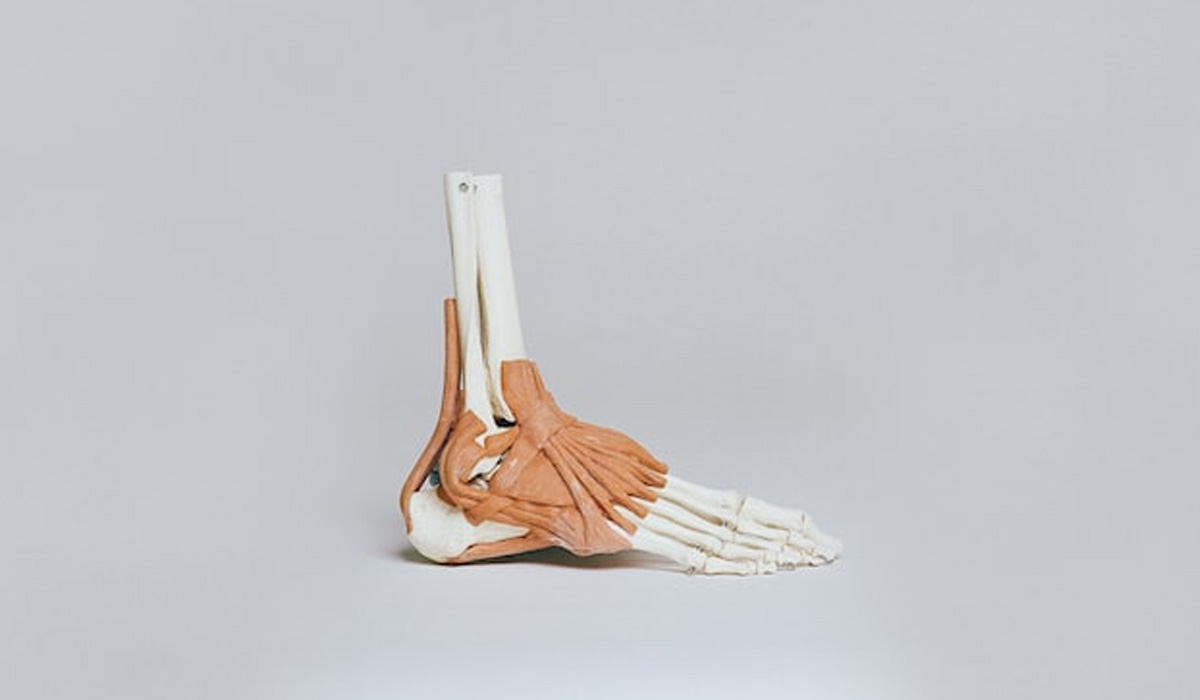Ankle Sprains
Ankle sprains are one of the most common sporting injuries particularly in sports such as netball and soccer. Most people view them as minor injuries that will get better over time because of their quick resolution in symptoms. However, ankle sprains that are not treated correctly can often lead to persistent problems such as laxity and chronic instability.
In fact there is a 70% chance of re-injury to that same ankle if there is no treatment or if it isn’t treated correctly.

The good news is we can prevent the recurrence of ankle sprains!
The term ankle sprains describes an injury to a ligament that has been stretched beyond it’s capability which then results in laxity of that ligament. Thus giving our ankle has more chance of “giving way” during sport, exercise or walking on uneven ground. The muscles around our ankle joint also provide stability of our ankle.
An effective Physiotherapy rehab program can help improve our ankle stability and help prevent recurrent ankle sprains.

How can Physio help manage your Ankle Sprain?
- Restore muscle strength around the ankle.
- Short term swelling & acute inflammation management.
- Balance & proprioception training is an essential part of good rehabilitation post ankle sprain injury.
- Restoring normal joint range of motion and tissue length.
- Graded return to sport specific training drills.
If you have an unstable ankle or have suffered an acute ankle injury. Be sure to get to your local Physio to get a correct diagnosis and management plan in order. Even a insignificant ankle sprain can progress into a chronic ankle instability and pain.




